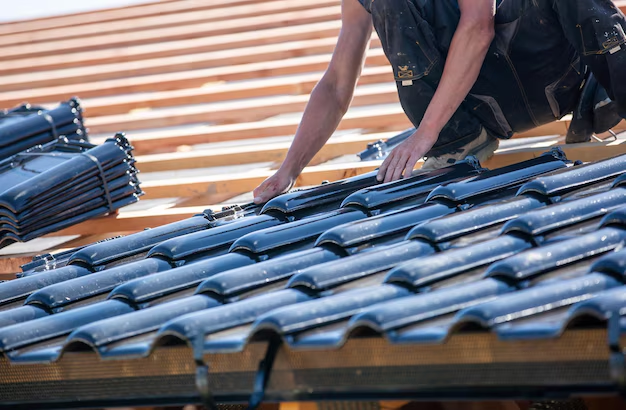How Much Does It Really Cost to Replace a Roof?
Replacing a roof is a significant investment for homeowners. Whether you're dealing with damage from a storm or just tackling age-related wear, understanding the costs involved can help you plan and avoid surprises. But how much does it actually cost to replace a roof?
The Factors Impacting Roof Replacement Costs
When it comes to roof replacement costs, several factors come into play, each affecting your total bill. These include:
- Roof Size and Pitch: Larger roofs or those with a steep pitch require more materials and labor.
- Materials Used: Common choices include asphalt, metal, wood, and slate, each varying in price. Asphalt is typically more affordable, whereas slate can be quite expensive.
- Location: Prices can vary widely depending on your geographic location due to labor costs and local permits.
- Removal of Old Roof: Taking off existing roofing materials to prepare for a new installation can add to the cost, especially if multiple layers need removal.
- Structural Repairs: Unforeseen issues like damaged underlayment or rotting wood can add extra costs.
Generally, homeowners can expect to pay between $5,000 and $14,000 for an average roof replacement in the US, with the most common price around $8,000. However, this is just a ballpark figure, so getting multiple quotes from licensed contractors is always wise.
Navigating Roof Replacement with Financial Assistance
Given the hefty price, it's natural to wonder about ways to mitigate costs. Fortunately, there are numerous financial assistance options:
- Homeowners Insurance: If your roof has been damaged by a covered peril, your insurance may help pay part or all of the replacement cost.
- Government Aid Programs: Programs like the Weatherization Assistance Program (WAP) offer help to low-income families to improve home energy efficiency, which can include roofing repairs.
- Financing Through Roofing Companies: Many roofing contractors offer financing plans, allowing you to spread the cost over time.
- Home Equity Loans or Lines of Credit: These allow you to borrow against the value of your home, often at favorable interest rates.
- Municipal Grants: Some local governments provide grants for home repairs, particularly for energy-efficient updates.
Thinking Beyond Replacement Costs
Beyond immediate costs, investing in a higher quality roof can lower your expenses in the long run. Consider:
- Durability and Longevity: A more durable roof can save you money on repairs and replacements over decades.
- Energy Efficiency: Materials like metal or cool roofs reflect more sunlight, reducing cooling costs in summer.
- Enhanced Property Value: A new roof can boost your home's market appeal and resale value.
While the upfront expenses of a roof replacement can be daunting, numerous strategies and resources can alleviate the burden, transforming a necessary investment into a long-term home improvement.
Financial Resources and Assistance Programs
Here’s a quick guide to some resources that might ease the financial strain of roof replacement:
- 🏠 Homeowners Insurance: Check your policy for roof damage coverage.
- 🏛️ Weatherization Assistance Program: Federal aid for low-income households.
- 🔨 Contractor Financing: Ask if your roofer offers installment plans.
- 📈 Home Equity Loan: Borrow against your home equity at lower rates.
- 🌍 Local Grants: Explore municipal energy efficiency funds.
Making informed decisions with the right financial tools at your disposal can turn a daunting task into a worthwhile improvement for both your home and your peace of mind.
